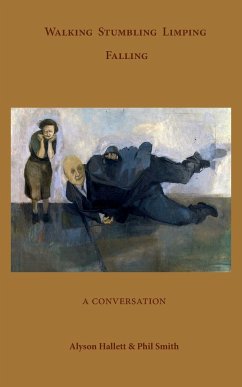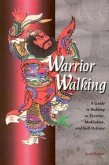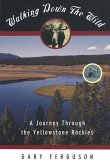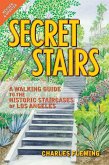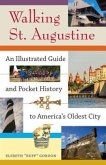In a 1934 lecture, Marcel Mauss said: "A kind of revelation came to me in hospital. I was ill in New York. I wondered where previously I had seen girls walking as my nurses walked. I had the time to think about it. At last I realised that it was at the cinema. Returning to France, I noticed how common this gait was, especially in Paris; the girls were French and they too were walking in this way. In fact, American walking fashions had begun to arrive over here, thanks to the cinema." Here are the roots of contemporary views of daily-life movement (including walking). We notice people who don't walk normally. We notice ourselves when we don't walk normally. There is, it seems, an intense, invisible pressure to walk normally. Straight is the gait. Call it ambulonormativity. For about 9 months, two walking-authors/artists - Alyson Hallett and Phil Smith - found themselves wrestling with not being able to walk normally. They wrote to one another about it and, amongst other things, reflected on: prostheses ~ waddling ~ Butoh ~ built-up shoes ~ walking in pain ~ bad legs ~ vertigo ~ falling (and fallen) places ~ hubris ~ bad walks ~ scores for falling down ~ walking carefully ~ disappointment. This is their conversation. From it, there emerges an 'Alphabet of Falling', a sustained reflection on the loss of normal capabilities, anecdotes and autobiographical stories, and the beginnings of a larger discussion about srumbling and falling: the pedestrian equivalent of blowing an uncertain trumpet. As the book concludes: "When you next fall, stay down for a while, see what comes. Then, when you get to your feet again, rather than relying on your body's natural approximations of space, choose your steps, not anxiously but in an excited kind of wariness; and, with each pace, a little more undo the 'grounds' that tripped you up."

